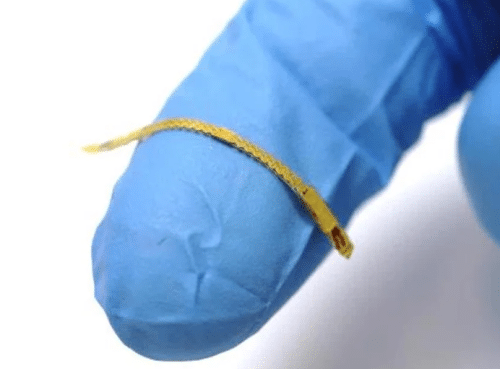Researchers from the Georgia Institute of Technology have published a study in the journal Science Advances on their present work on a technology that would allow for continuous monitoring of vascular disorders using wireless implanted devices.

The team is working to improve hemodynamics (blood flow through the vascular system) monitoring in order to produce better treatments and patient outcomes. Hypertension and atherosclerosis, which can be fatal, are caused by a complicated circulatory system with arteries of various sizes and curvatures. The Georgia team designed an electronic device consisting of a wireless stent platform with soft sensors added to meet insertion and operation criteria to deal with the twisting network of the vascular system. Furthermore, aerosol jet printing techniques can be used to print the devices.
The gadget can be used remotely using inductive coupling to provide real-time monitoring of blood pressure, flow, and pulse, potentially allowing clinicians to detect a wider range of vascular disorders. “This electronic system is designed to wirelessly deliver hemodynamic data, including arterial pressure, pulse, and flow, to an external data acquisition system, and it is super small and thin, which is why we can use a catheter to deliver it, anywhere inside the body,” says Woon-Hong Yeo, Georgia Institute of Technology Researcher and Lead Author of the Study.
When implanted in a patient, the device expands and prevents the artery from narrowing, similar to a traditional stent, while simultaneously providing a continuous stream of data to monitor the patient’s condition and offer information on the device’s status.
“Now, once you have deployed a stent, you’re not sure if the problem was resolved and patients may come back with the same issue… It can be a defect of the stent, or an issue with stent deployment, or perhaps a problem with the patient’s blood flow,” says Woon-Hong Yeo. “The insights and knowledge we gain will be applicable for other physiological processes and challenges in biomedical science and engineering.”












